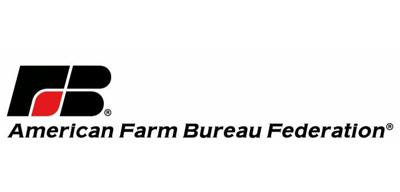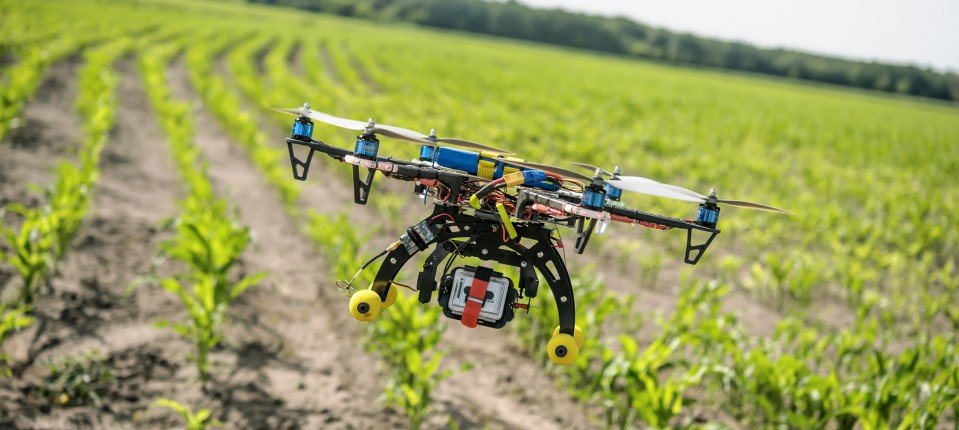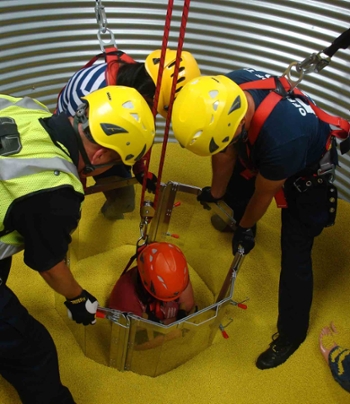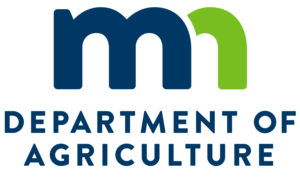Abandoned places are so much fun to explore. The history, the old structures, and the stories they tell just fascinate me. I have at least three kids in my family that feel the same way I do, so we hop in the car regularly and go looking for neat places to see.

like. However, it wasn’t necessarily what I found on a recent
Saturday afternoon. (Picture courtesy of the AllTrails App)
This was a solo trip for me on a beautiful Saturday afternoon. I have an app on my iPhone called AllTrails that shows me great places to hike all around the state. The Mazomani Trail between Jordan and Carver drew my attention because of something called “Jabs Farm.” Another adventurer had posted several pictures of the app that immediately caught my eye.
The Jabs Farm sits in the Minnesota Valley National Wildlife Refuge, which automatically makes it a great place to visit. It’s a lovely place to hike (at your own pace), get some exercise, fresh air, and some beautiful pictures.

The farmstead was first built between 1860-1880. In 1905, the Jabs family bought the property from the Riedel family, who initially owned the property. The Valley News says there are still members of the Jabs family living in the area today. The structures themselves are remarkable, a combination of wood and blocks of local limestone that’s produced in the area. I HAD to see this site.

Wildlife Refuge, first established in 1979. Notice a lot more water than would seem
normal? (Photo by Chad Smith
The site was owned by the Jabs family for a long time. Back in 1979, the area, including the farmstead, became the Minnesota Valley National Wildlife Refuge area. The farm was first restored in 1981, and sat untouched until another restoration project in 2017. Believe it or not, the buildings were redone by the U.S. Fish and Wildlife Service. I had no idea they did things like that, but I am sure glad they did.
Heck, they even brought in a full-fledged archaeologist to oversee the renovations.
The views up high of the wildlife area were striking and I’ve got some pictures to prove it. Walking along the bluffs was beautiful that day, with a slight breeze and temps a little over 40 degrees, but it did feel a little warmer than that. It was nice and quiet. I did run into a few people, along with the occasional rustling of the leaves on either side of the trail that likely heralded a squirrel, woodchuck, or some other member of the vermin, err, rodent family.
So after about a 20-minute hike, I came to a split in the trail. One direction would take me to the other trail head, which I had no interest in. But hey, the other one said “Jabs Farm, 1/4 mile” the other way. Well, I came around a slight bend as the trail angled downward and this is what I found.

make a great horror movie
setting. (Photo by Chad Smith)
As I get a little more experienced in the urban exploration game, I’m finding out that it does take some patience. Not every place you go is going to be “lit,” as the kids say. Let me offer one final example before I leave you.
I got back to the car and realized I didn’t want to head back yet. It was nice to be outdoors and I wanted to see if I could find another place to explore. Well, I pulled up the “Abandoned” app and scanned for something close by. Turns out, there was (supposed to be) and abandoned barn about 15 miles away. Well hey, I’m an old farm broadcaster/writer. Let’s take a look.
Well, needless to say, the app hadn’t been updated. I wound up in downtown Chanhassen. It happens. Hey, at least it was a nice day.
The entire video from start to finish.







